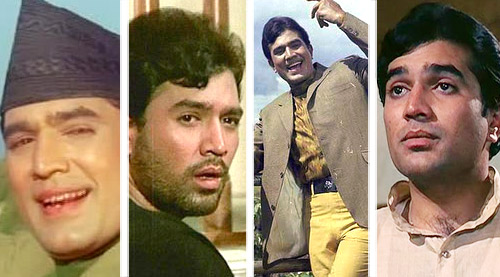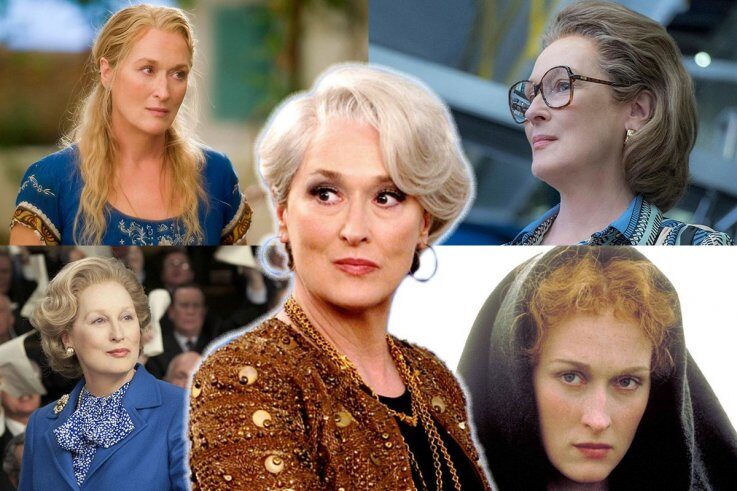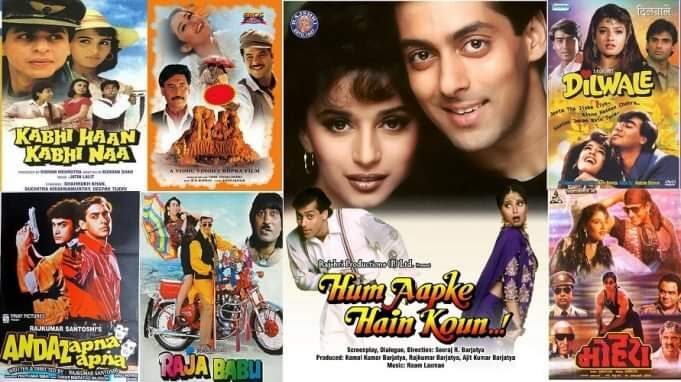
Rajesh Khanna – The Unforgettable
Rajesh Khanna was one of the finest actors Indian Cinema has ever seen till date. He had unmatchable acting skills, the way he delivered each dialogue touched the heart of audiences. He gained massive popularity as he was the hero of everyone’s dream. He was the recipe to success for every movie. Today we’ll share 6 best classics of Rajesh Khanna, hoping it revives good old times for you too and in some way or the other it’s our tribute to the legend of Hindi Cinema.
- ARADHNA

Aradhana is both an entertaining and touching film. It has romance, love, dedication, but most importantly it’s about the sacrifice of a mother for her child. The film has been known as one of the greatest classics of mainstream Hindi cinema, and it’s easy to see why. It had beautiful Sharmila Tagore, it had Rajesh Khanna making his first steps towards stardom, it had some fantastic songs (well, how can one forget “Roop Tera Mastana” and “Mere Sapno Ki Rani”), and above-all, a very memorable story that carried the whole concept of humanity and love. These are the aspects that made the film unforgettable for decades.
- ITTEFAQ

It has been 50 years since the movie release and ever since then the movie has held its popularity as a cult classic over the years. The movie revolves around a painter – Dilip Roy who has been convicted for the murder of his wife and is on the run from the mental asylum, he takes refuge in a lone house where a woman is waiting for her husband who is expected to arrive later in the night. As the night progresses, the chemistry between the fugitive and the female evolves before secrets tumble out of the closet. This is really an exceptional classic suspense movie which is so unpredictable till the climax scene.
- NAMAK HARAM

Hrishikesh Mukherjee could never disappoint. Nor could Gulzar. Here Mukherjee directs a film scripted by Gulzar and the result is an excellent film in all respects. This is a story of two brother-like friends, Somu (Rajesh Khanna) and Vicky (Amitabh Bachchan). Somu lives a poor lifestyle with his mother and sister while Vicky is the son of a wealthy businessman who runs a huge factory in Bombay. When Vicky’s father has a heart attack and is advised to take bed-rest, Vicky takes his place. He has a confrontation with the union leader, Bipinlal, as a result of which a strike takes place and he is forced to apologize in public. He confides Somu about his humiliation, and the two plan to take revenge on the poor honest man. Somu poses as a labourer in the factory, befriends his fellow-workers, wins their confidence by arranging them several contrived benefits, and ultimately takes Bipinlal’s place as the union leader. But while the mission gets completed, Somu finds it difficult to leave. He gradually gets close to the people and gets increasingly involved with their life troubles, which makes him look at things differently.
- KHAMOSHI

Khamoshi, one of the great classics of Hindi cinema, revolves around Waheeda and its her best performance ever. With Dharmendra she is gay & chirpy, but with Rajesh she is sad & aloof, her eyes betraying the pain of unrequited love and foreseeing the impending doom. Gulzar’s exquisite lyrics were beautifully composed by Hemant. The haunting music & beautifully etched performances linger on.
A powerful Insight into the strain put on a nurse (Waheeda Rehman) as she uses ‘experimental’ treatment methods to save a patient from tumbling into the abyss of madness using trust, dedication & affection as her only tools she combats desperation, paranoia, & animosity. Her patient unable to express his feelings to a woman who mistreated him by lulling him into web of deceit, where she uses him for his talents then discards him. The nurse tries in vain to convince the woman responsible for the affliction her patient suffers from that she is needed for his rehabilitation only to be admonished by the head of the hospital saying that she cannot solve societies problems even though society seems to be responsible for the constant stream of patients the hospital receives. This draws her down a spiraling staircase of depression as she is told to forget/deny her true feelings for a patient under her treatment which ultimately leads to her demise as she remains forced into silence (Khamoshi) instead of venting the emotions that she feels for the man that she loves.
- KATI PATANG

Kati Patang is a big hit from the 1970s and its success was purely on merit. Rajesh Khanna and Asha Parekh teamed for the first time in Kati Patang and the result was some powerful performances and great screen chemistry between the two. After, Aradhana, Shakti opted for Asha Parekh despite his regular Sharmila Tagore. Asha Parekh takes the place of her dead friend and starts living with her in laws -in her friend’s identity. She is a widow. Rajesh Khanna falls in love with Asha Parekh and Asha hesitates to reciprocate his love thinking as to what the society will think and speak. She is framed for murder by Prem Chopra and Bindu and how Asha with Rajesh Khanna’s help comes out of the frame up forms the climax of the story. She eventually marries Rajesh Khanna. It’s a lovely film and the film engrosses the viewers for its entire length. Excellent music by R D Burman and had top of the charts songs sung by Kishore Kumar – ‘ Ye jo Mohabbat hai”,” Yeh Shaam Mastani” etc. The holi song “ Aaj na chodenge” has become a part of the culture of India. These songs are remembered even today.
- HATHI MERE SATHI

Written by Saleem-Jaaved and directed by M.A. Thirumugham, this movie is actually a brain-child of Chinnappa Devar who can be considered as the pioneer of making animal-based movies in Indian cinema. Haathi Mere Saathi (elephants are my buddies) tells the story of a motherless boy – Raju (Rajesh Khanna) who, being lost in his childhood, is saved by four elephants and taken back to his father who in his dying moment, instructs him never to leave the company of those elephants and to always consider them as his Saathis (buddies). Raju grows up in their company and they always help him in all kinds of situations. One elephant out of these four, named as Ramu is actually the first among equals in them and he is the special buddy of Raju. Due to him only, Raju comes across Tanu (Tanuja) who is the daughter of a rich man. When Raju loses his wealth due to losing a lawsuit, he loses his prospects of marrying Tanu also. However, his genuine buddies, I.e., the elephants help him in not only earning money but also bringing Tanu back to his life. He develops his own private zoo and calls it – Pyar Ki Duniya (the world of love) with the relentless support of the elephants, Tanu and a young boy – Chhote who was earlier the assistant of an unscrupulous mountebank. He becomes rich and finally wins Tanu’s hand also from her father. They get married and beget a son.
The film became the highest-grossing blockbuster of 1971. The title-track remains popular even after four decades. It also won the National Award and became the last of Rajesh Khanna’s unbroken record of 15 consecutive hits. It was remade by the makers in Tamil as “Nalla Neram” in 1972. It’s regarded as the finest children’s film made in Bollywood.
Rajesh Khanna was the mega star of his era and undoubtedly, he was worth it. Legends like him reside in hearts of people till forever. We hope you’ll enjoy reading this article as much as we enjoyed writing it for you.







